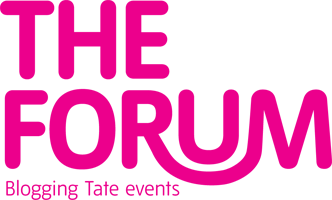Participatory art as a concept and practice is a slippery notion. It is a shifting and constantly renegotiated conceptual framework which is used to define a variety of activities and practices residing in specific cultural and historical contexts. It has been linked to theories of participatory democracy, it has multiple histories, and its political, social and ethical dimensions are variously described and implemented. Participatory art therefore remains a hotly-debated arena.
Participate
→ v.
1. (often participate in) be involved; take part.
2. (participate of) (archaic) partake of (a quality).
DERIVATIVES participation n. participative adj. participator n. participatory adj.
ORIGIN C15 (earlier (ME) as participation): from L. participat-, participare ‘share in’, based on pars, part- ‘part’ + capere ‘take’
The defining of the concept, as well as the terms used to describe those who carry out these kinds of projects - artist, activist, mediator, to name a few - is also of interest. In the workshop Rules of Engagement-Part 1 led by artist Ana Laura, who prefers to describe her practice as public art, some of these questions were addressed while others were raised.
Do practitioners use self-determined labels to describe their role and are different terms used depending on the context? What terms are imposed from outside, for example, to satisfy funding criteria and applications? Do the terms relay the same nuance, or even exist, across language and different cultures? How can, and do, arts institutions, for example, the Tate, engage with these types of practice? And does the institutionalization of practices such as participation, inclusion, social engagement, have the effect of neutralizing difference?
Artist Mark Beech in an article about participation in art, Include Me Out! Art Monthly, April 2008, concludes:
‘The social and cultural distinctions that prompt participation in the first place, which participation seeks to shrink or abolish, are reproduced within participation itself through an economy of the participants’ relative proximity to the invitation. Outsiders have to pay a higher price for their participation, namely, the neutralization of their difference and the dampening of their powers of subversion. Participation papers over the crack. The changes we need are structural.’
Monday, April 7, 2008
Mapping the Idea
Subscribe to:
Post Comments (Atom)




1 comment:
The term "Participatory Art" has become another term, or buzz word, that floats around the pages of contemporary art criticism and, if used properly in funding applications, can be of great use in securing a grant. All this aside I think the big rush for participatory art has past. From what I understand the formalised concept of "Partipatory Art" was popularised after WWII when artist, so disillusioned with what the so called enlightment which had inspired somewhat intellectually elitist pre-war art and the destruction that prewar thinking had led to, felt that things had to be done differetnly. The wide spread of participatory art in the post war era, was a way to bring creative tyhinking to the people who didn't have the same time to think about their situations as creatively as the artists asking the spectators to engage had. I believe this kind of art is very effective and influential, perhaps in ways that will only be apparent in years to come. Nonetheless I do see that it is presently on the decline. This could be due to the fact that Europe has appantly cooled down after its bout of self destruction in the mid twentieth century and as artists are now settling happily into the comforts of capitalism they see less need to actively engage others in their work in a particpiatory way; perhpas thinking that involving outsiders may lessen their works value or compromise their copy rights. Though there are issues to be explored and affected through participatory art and it is important to get involved. The work of artists such as Sumer Erek and the organizations such as the Space Hijackers and City Mine(d) are great expamples of the importance and effectiveness of this kind of art today. Perhaps as we all sit back in the comfort of our western capitalism we can find some time to get out there and make some noise asking and answering the questions we find important in creative ways so that they may be heard and provoke a wider social engagement
Post a Comment